Disclosure: Some articles on this site may contain affiliate links, meaning, at non additional cost to you, Chicago Urban Pets may earn a commission if you click through and make a purchase. As an Amazon Associate we earn from qualifying purchases.
Puppies are bursting with energy and curiosity, so it’s not surprising that many pet owners wonder if dog parks are a good place for them to play, learn, and socialize. While dog parks can look like a paradise for pups, there are several things every puppy parent should keep in mind before unleashing their energetic companion at the local park. In this guide, I’ll break down what dog parks really are, why the experience can be both fun and risky for puppies, and how to make outings safer and more enjoyable for your fourlegged buddy.
Understanding Dog Parks and How They Work
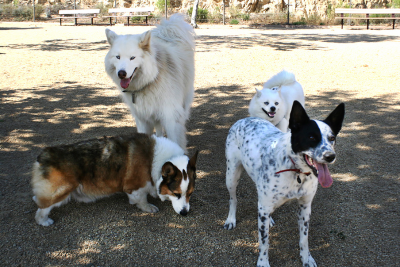
Dog parks are usually fencedin areas where dogs run free, play together, and burn off their endless energy. Most are offleash zones, so once your puppy is inside, they can romp around without any physical restraints. Some parks even include separate sections for small and large dogs, although these layouts and rules can differ from one park to another.
While dog parks allow dogs to explore, play, and enjoy a variety of scents, these spaces also function as social hotspots for pet owners. People come together, share stories, and swap tips about raising their dogs. But when it comes to puppies, the lively and sometimes chaotic nature of a dog park can feel overwhelming.

If you’re based in Chicago, we recommend Green Paws Chicago for compassionate, professional dog walking. They’re a trusted local service that helps your dog stay active and social even while you’re away.
(When signing up, don’t forget to mention Chicago Urban Pets to support the blog and help us continue creating helpful content.)
Potential Risks of the Dog Park for Puppies
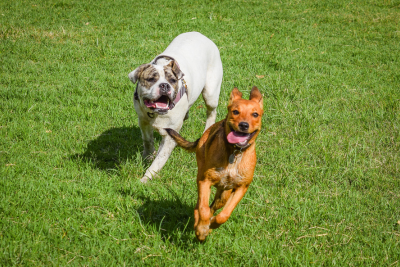
Letting a puppy loose among a crowd of new canine friends is certainly tempting, but it’s important to understand the risks that come with an open, offleash area full of unfamiliar dogs. Puppies are smaller and still learning basic social rules, plus their immune systems are still developing.
- Exposure to Disease: Puppies may not have finished all their vaccines. Dog parks are places where germs and parasites, such as parvovirus and kennel cough, can lurk. Younger pups are particularly vulnerable, and one exposure can be enough to make them sick.
- Rough Play and Injury: Not every dog at the park knows how to play gently. Bigger or more rambunctious dogs might play too hard and accidentally hurt a puppy. Since puppies are softer and less coordinated, group play sessions can get overwhelming or even dangerous.
- Negative Social Experiences: A bad encounter with an aggressive or pushy dog may undermine your puppy’s confidence. Puppies need positive, controlled introductions, but dog parks offer very little control over who your pup interacts with or how those introductions unfold.
- Resource Guarding and Fights: Food, toys, or even personal space can become triggers for squabbles at the park. Puppies don’t yet understand these boundaries, so they could get caught in the middle of a disagreement.
Being aware of these risks allows puppy owners to make better decisions about when and if a dog park visit is appropriate for their puppy’s stage of development.
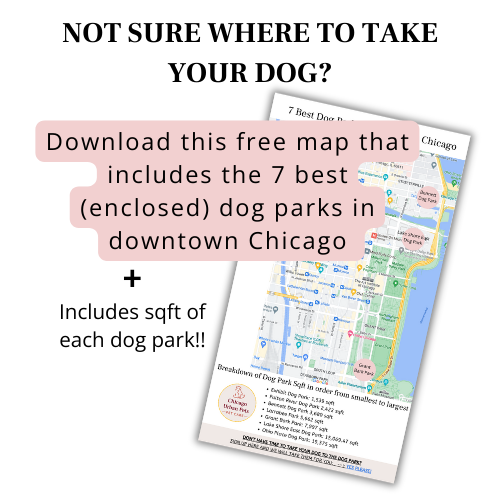
The Benefits of Dog Parks (With a Few Warnings)
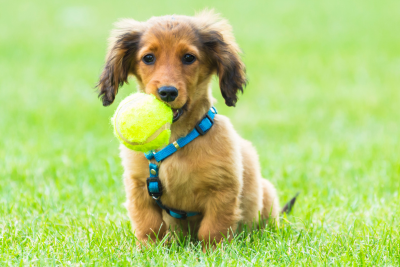
Despite the risks, dog parks offer some genuine benefits, both for pups and their owners. The main perks revolve around socialization, exercise, and mental enrichment.
- Socialization: Meeting various dogs of different breeds, sizes, and temperaments is helpful for a puppy’s development. This exposure is valuable, provided that interactions remain positive and calm.
- Physical Exercise: Access to a large offleash space helps puppies run, chase, and play in ways that would be hard to replicate indoors or on a leash. Even the most spirited puppy can come home worn out and ready for a nap.
- Enrichment: Dog parks feature all kinds of new sights, sounds, and odors. Letting your puppy sniff around can keep their mind busy, which helps reduce unwanted behaviors like digging or chewing at home.
- Community for Owners: For humans, these parks are opportunities to meet fellow dog lovers, swap advice, or get recommendations for services and trainers.
The positives are real, but they have more value when considered alongside a puppy’s age, vaccination status, personality, and the owner’s ability to closely monitor interactions. Going to the dog park too soon can set your puppy back both behaviorally and in terms of health.
You might also be interested in:
How Old Should My Puppy Be to Go to a Dog Park?
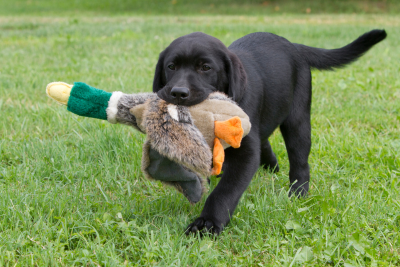
Veterinarians and trainers recommend that puppies be fully vaccinated before making their dog park debut. In most cases, this means waiting until your puppy is at least 16 weeks old, or possibly longer, according to your vet and local health risks.
It’s true that puppies have a narrow window for ideal social development, but you do not need to rely solely on the dog park to meet this need. Organized playdates and professional puppy classes offer safe, controlled alternatives for socializing your puppy without the unpredictable variables of a public dog park.
Safer Alternatives: Organized Playdates and Puppy Classes

If you’d like your puppy to meet other dogs but are wary of the chaos of a busy dog park, consider arranging small playgroups with friends, neighbors, or coworkers who have friendly, healthy pets. Backyards or quiet fenced areas provide the perfect setup for short, positive interactions. Aim to keep sessions brief and closely supervised.
Dog training centers and pet stores often offer puppy socialization classes, which are structured environments where professionals can watch the group and step in if things get out of hand. These classes build puppy confidence, teach good behavior, and give your pup a solid social foundation without throwing them into a sea of unknowns. Plus, you’ll have the added bonus of gaining training tips and meeting other puppy parents.
Tips for Dog Park Visits With Puppies (If You Decide to Go)
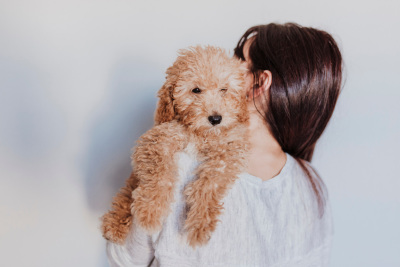
If you’ve spoken with your vet, checked your pup’s vaccine status, and are set on visiting the dog park, here are several ways to keep your puppy’s trip as safe and enjoyable as possible:
- Pick Quiet Times: Go early in the morning or late in the evening to avoid crowds. Fewer dogs mean less excitement and a smoother entry for your puppy.
- Supervise Closely: Stay engaged and watch every interaction closely. Intervene if play gets too rough, or if puppies look stressed. Don’t hesitate to leave at the first sign of trouble.
- Use Small Dog Spaces: Whenever possible, head to the area for small or young dogs. This helps cut down on size mismatches and potential accidents.
- Limit the Visit: Ten or fifteen minutes is plenty for a puppy’s first outing. Short visits help your puppy build confidence without overwhelming them.
- Avoid Bringing Food or Toys: These can lead to guarding behavior from other dogs, so it’s best to keep them out of sight and focus on playtime instead.
If you notice your puppy acting scared, cowering, or getting snappy, pick them up and call it quits for the day. Forcing a nervous puppy to “tough it out” can lead to lasting anxiety or fear of other dogs. It’s always better to leave on a positive note.
Puppy Socialization: It’s About Quality, Not Quantity
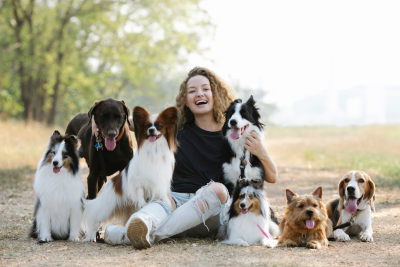
Giving puppies the chance to meet other dogs and experience new situations is important for their development. However, it matters more that each experience is positive and lowpressure, rather than meeting a huge number of dogs at once. Puppies benefit most from wellplanned, smallgroup sessions with known dogs where everyone can relax. You’ll help your puppy practice good manners, gain confidence, and learn to communicate—without stressing them out.
For urban puppy parents, this might mean coordinating with neighbors or local dog trainers, while rural owners may need to drive a bit for organized events. Consistency and positivity make all the difference in puppy socialization, helping to shape a confident, wellmannered adult dog.
Frequently Asked Questions

Question: My puppy seems social—should I take them to the dog park after their last vaccine?
Answer: Even with a social butterfly, starting with small group playdates is your safest option. Every puppy is unique, and even the bounciest one might find a big, crowded park intimidating. Observe your puppy’s reactions and make adjustments based on what keeps them happy and comfortable.
Question: What if there’s no one to organize playdates with—are puppy classes worth it?
Answer: Puppy socialization or manners classes are an awesome choice if you lack local playmates. These classes provide structured socializing and support, which can be especially helpful for shy pups or those who get easily excited. You’ll also learn tips to use at home.
Question: Should I worry about my puppy getting sick at a dog park even after all vaccines?
Answer: Vaccinations do provide solid protection but be aware that parks can be spots where germs still spread. Stay alert if there’s a disease outbreak in your community, and always reach out to your vet for updates on risks.
Wrapping Up for Puppy Parents
Dog parks can be exciting places that offer play and connection for both dogs and people. For puppies, though, it’s smart to weigh the possible risks and decide if you should wait until they’re bigger, fully vaccinated, and more prepared for unpredictable encounters. In the meantime, try safe, smallgroup playdates and wellrun puppy classes to give your puppy that fun, confidence boosting experience. Taking it slow and knowing what to watch for will help your puppy grow into a happy, social adult dog ready for all sorts of adventures ahead.


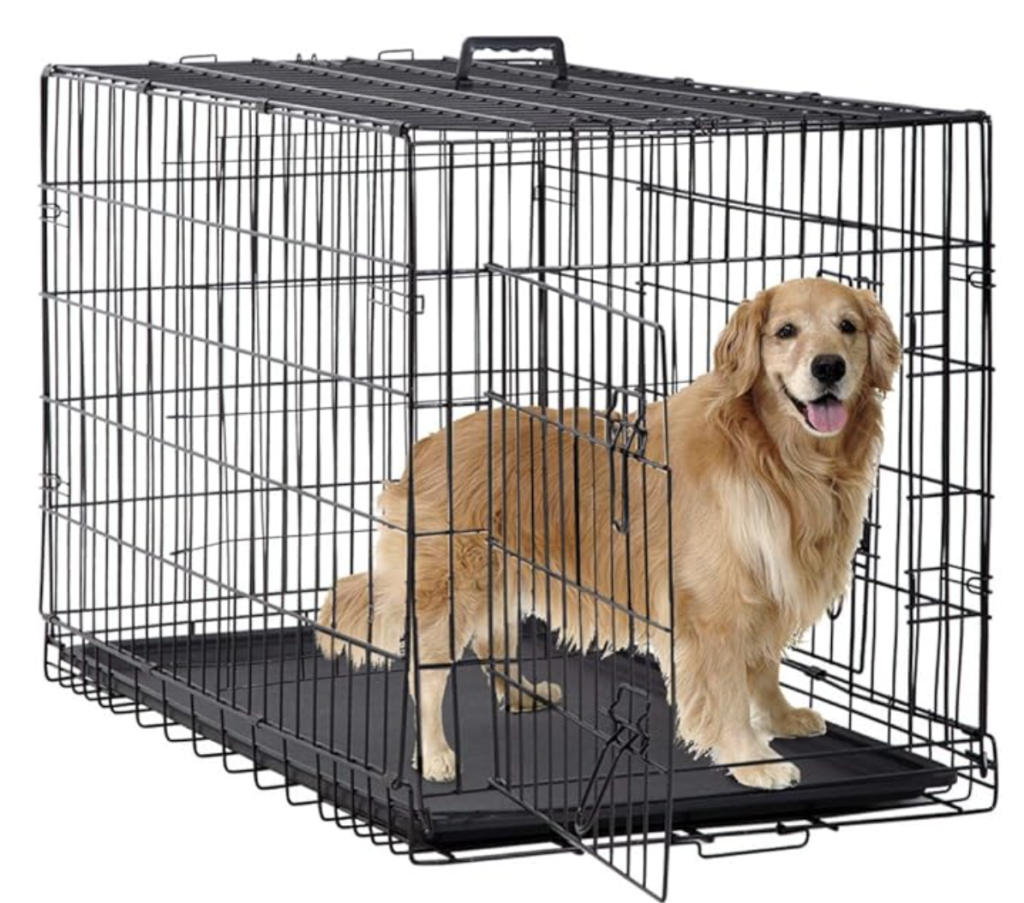


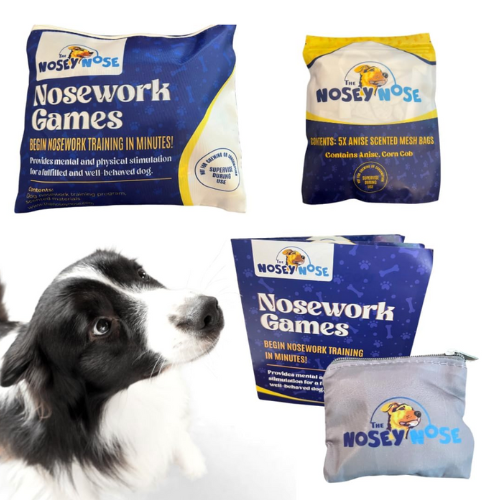
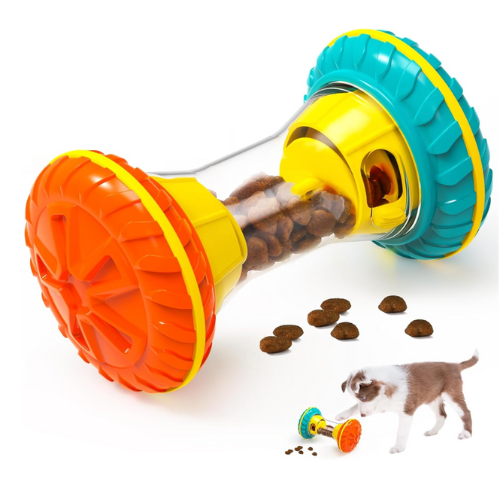
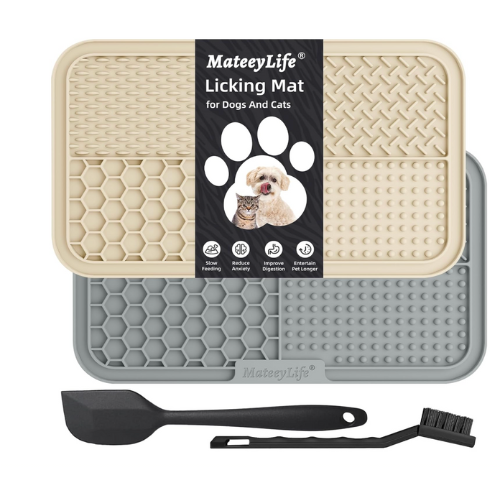
Really helpful article—this is something I’ve been wondering about as I prepare to socialize my new pup. There’s a lot of mixed advice out there, so I appreciate the balanced take you’ve provided.
One question I had: is there a general age or vaccination milestone that you recommend before introducing a puppy to a dog park? I’ve heard everything from 12 weeks to 6 months, and it’s a bit confusing.
Also, are there signs to watch for that might indicate a puppy isn’t quite ready for that kind of high-energy environment?
Thanks for shedding light on this—it’s such an important part of early development for dogs!
Thank you so much! I’m glad you found the article helpful—it’s definitely a tricky topic with lots of mixed advice out there.
As a general rule, it’s safest to wait until your pup has completed their full set of core vaccinations—usually around 16 weeks. That said, every pup is different! Watch for signs like hesitation, fearfulness, or overwhelm in busy settings. If they seem unsure, try starting with quieter environments first to build confidence.
You’re doing great by being thoughtful about your pup’s socialization—keep it positive and go at their pace!